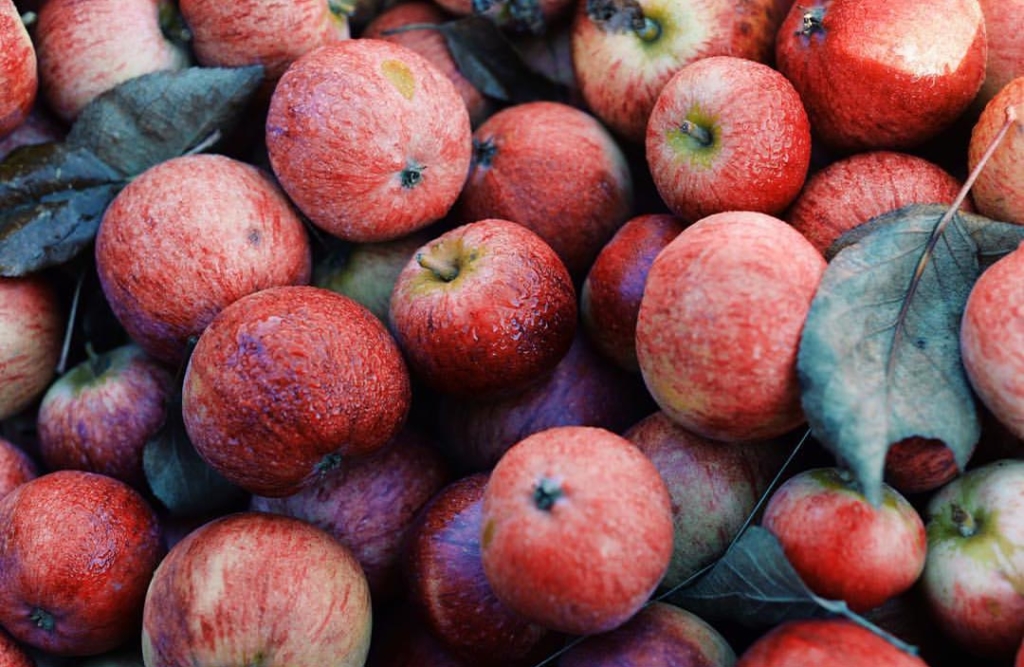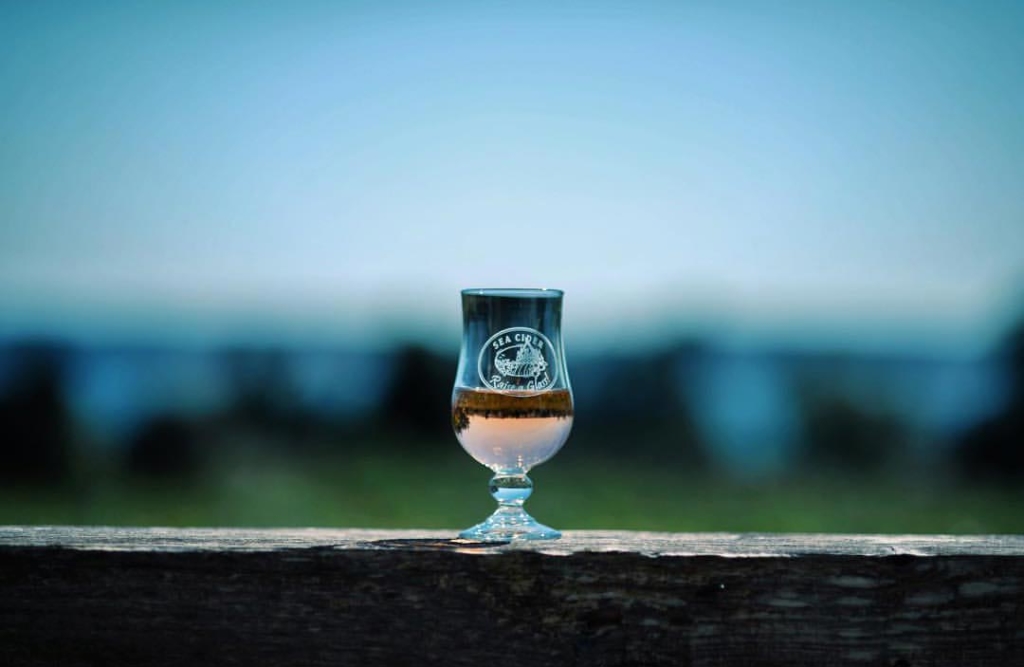The days are getting brisker, the nights are getting cooler and all your t-shirts, shorts and flip flops are tucked away for the season. While the return of sweater-weather may inspire you to cozy up with a pumpkin spice latte or seasonal craft beer, you will be hard-pressed to find a better beverage that showcases the tastes of the season than apple cider. After all, there’s nothing quite like the sweet, crisp flavor of a thirst-quenching cider after a clear, sunny day spent crunching through fallen leaves.
While there are plenty watering holes that will happily serve you a frothy pint of this delicious brew, the best way to experience this adult apple beverage is to go straight to the source. To learn more about this fizzy elixir (and taste a few too), we caught up with Mike Pepperdine, the Sales and Marketing Manager for Sea Cider, and local cider expert.
Q: What type of apples do you use?
A: We grow certified organic English and French cider apples loving referred to as “spitters.” They’re not great to eat, but they make fabulous cider. We love them for their phenolic character and ample tannins. We also use all types of locally grown heritage apples and even culinary apples in many of our ciders as well.
Q: What makes a good cider apple?
A: Tannins, bitterness, sharpness and sweetness – in any combination.
Q: How many apples does it take to make a gallon of cider?
A: About 40 – 50 apples I think!

Q: How is cider made?
A: The apples are grown and harvested in the fall. The fruit is then ground up and squished into apple juice. The juice is then blended into different “bases,” which are cold stored before fermentation.
We then ferment the bases in stainless steel tanks. The fermentation process typically takes from two – six months using champagne yeast. Some ciders are then “barrel aged” and any adjuncts – fruit, hops, etc. are then added before bottling.
Q: What’s the difference between apple juice, cider and hard cider vs craft hard cider?
A: Apple juice is unfermented cider. Cider is sometimes just apple juice with spices. Hard cider is fermented apple juice, often commercial “cider” doesn’t really have apples in it, and is just produced with fermented concentrates, sugars and sweeteners/flavors. Craft cider is small batch cider made from apples!
Q: What is your most popular cider? Which cider is your favorite?
A: Rumrunner/Prohibition (in the USA) is our best selling cider. My personal favorite is Wild English – a bone dry, wild fermented, 100% estate grown cider.

Q: What are you most excited about this harvest season?
A: Our fall seasonal – Witch’s Broom!
Q: What sets Sea Cider apart from other cider makers?
A: We make consistent, top quality ciders that win awards year after year! We also maintain a certified organic orchard and facilities.
Q: What is cider’s place in the Vancouver Island drink scene?
A: Cider is just starting to get the recognition it deserves in Victoria. We have a handful of new cideries opening on the island the next year. We are looking forward to creating a thriving cider scene on the island.
Q: What’s the best way to learn more about cider?
A: Attend the Cider Social at Sea Cider on October 16th! We also offer courses in cider and mead making.
Clipper Recommends:
- Quench your thirst and discover other delicious brews with this guide on how to sip and savor Victoria’s fall flavors.
- Taste the incredible, fresh harvest bounty by stopping by one of Victoria’s popular farm to table restaurants, which fill their menus with an array of locally sourced foods.
Feature Photo: Sea Cider
1 Comment
Comments are closed.



[…] on the beautiful Saanich Peninsula, Sea Cider is housed on a beautiful piece of farmland where their cider apples are […]